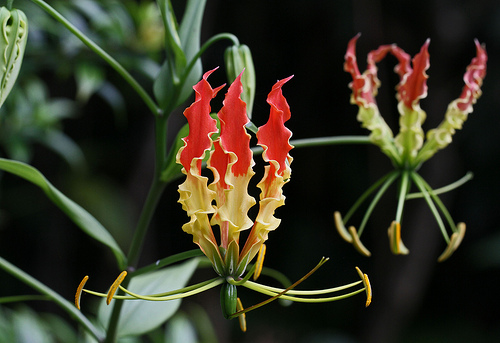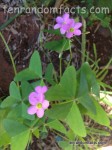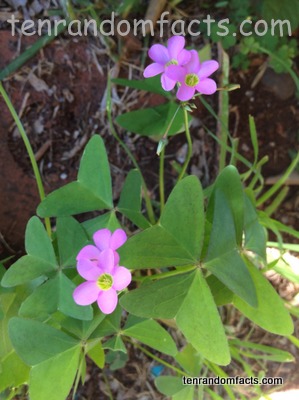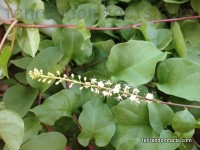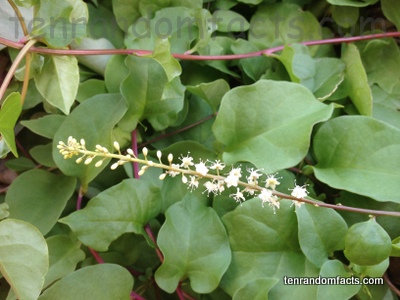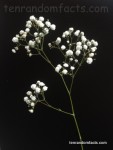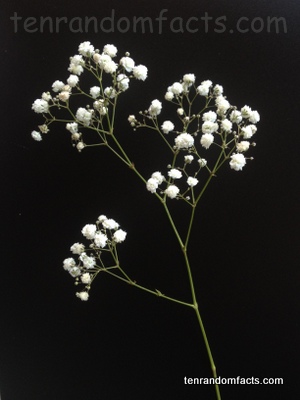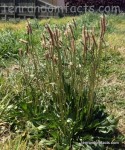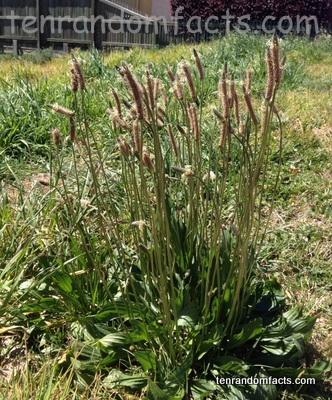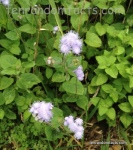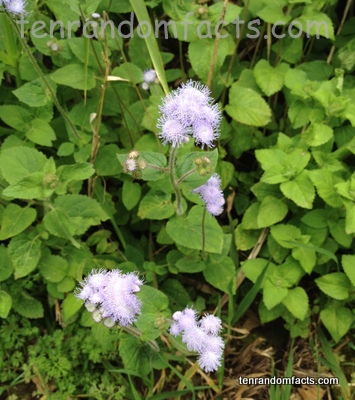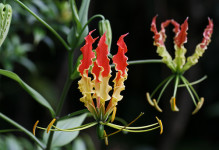
If you have a burning passion for someone, give them a flame lily.
- A flame lily is a species of perennial flower, native to a variety of habitats of south Asia, and south to south-eastern Africa.
- Flame lilies’ are also known as ‘creeping lilies’, ‘fire lilies’, ‘climbing lilies’, ‘glory lilies’, ‘tiger claws’ and ‘gloriosa lilies’.
- The scientific name of the flame lily is Gloriosa superba and it is from the family Colchicaceae, a family of plants that flower.
- As flame lily plants tend to be climbers, they grow upwards or along the ground to 4 metres (13 feet) in length, while the flowers have a diameter of 4.5 to 7 centimetres (1.8 to 2.8 inches).
- Typically, flame lily flowers are predominantly red or orange, transitioning into a yellow colour towards the centre, and they flower in summer and autumn.
Flame Lily
Image courtesy of Miltos Gikas/Flickr
- The consumption of any part of flame lily plants can be fatal, with symptoms including numbness, vomiting, dizziness and breathing difficulties, and it is also toxic for most animals.
- Flame lilies are considered an invasive weed in many countries outside of their native region, including Australia, a number of Pacific Islands and parts of the United States.
- Flame lilies has been used in traditional medicine to treat cuts, worms, snakebites, skin issues and other health conditions.
- By creating both seeds and having rhizomes that multiply, flame lilies are efficient at reproducing, and spreading.
- Flame lilies grow best in partial shade, and they are commonly grown as cut flowers or for other ornamental purposes.
Bibliography:
Gloriosa Superba, 2016, Queensland Government Weeds of Australia, http://keyserver.lucidcentral.org/weeds/data/media/Html/gloriosa_superba.htm
Gloriosa Superba, 2016, Wikipedia, https://en.wikipedia.org/wiki/Gloriosa_superba
Gloriosa Superba (Flame Lily), n.d, Kew Royal Botanic Gardens, http://www.kew.org/science-conservation/plants-fungi/gloriosa-superba-flame-lily
Gloya Lily (Gloriosa Superba), 2014, NSW Department of Primary Industries, http://weeds.dpi.nsw.gov.au/Weeds/Details/62




